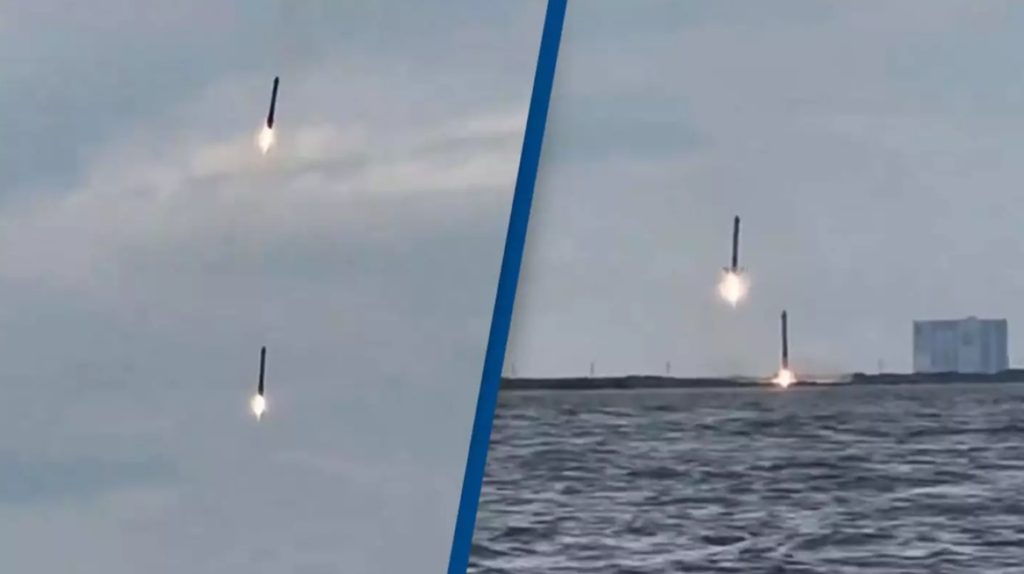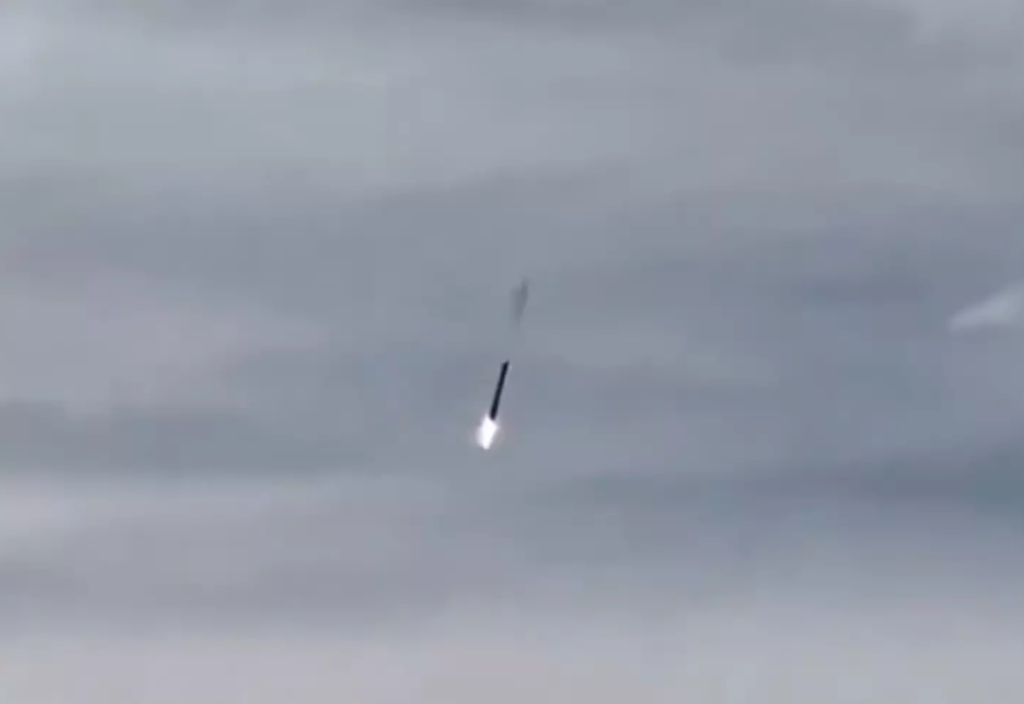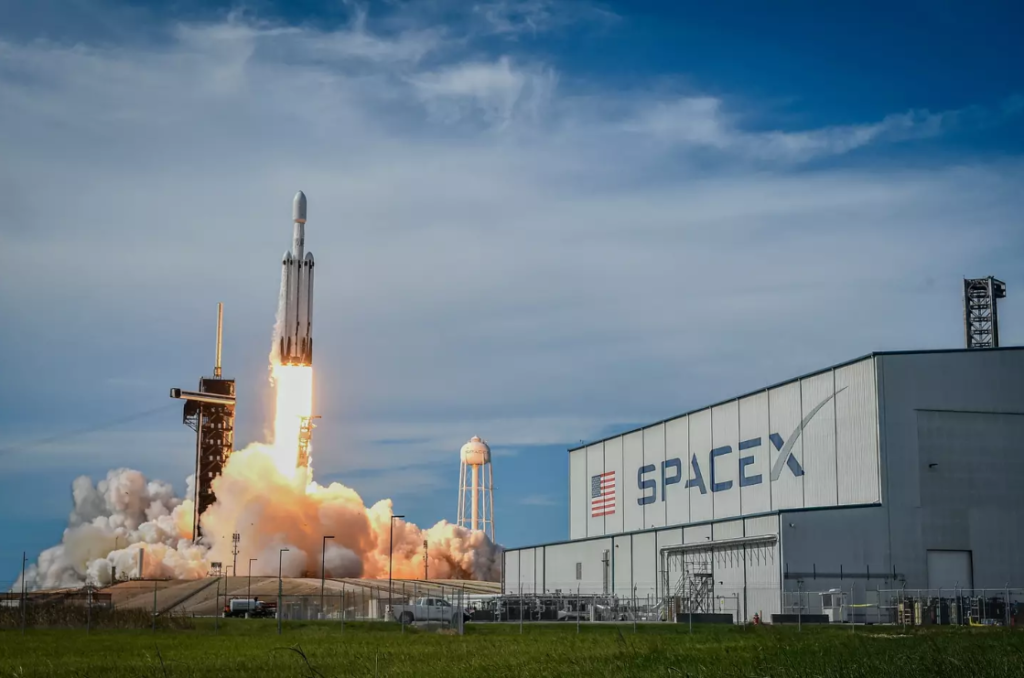
The rocket transported the final batch of satellites created to enhance weather prediction.
People were astonished by the video showing two SpaceX boosters landing smoothly and in control on Earth after launching a spacecraft.
On Tuesday, 25 June, the final spacecraft in a series of weather satellites was recorded on video after a SpaceX Falcon Heavy rocket launched from Kennedy Space Center's Launch Complex.
The last satellite in the Geostationary Operational Environmental Satellite (GOES) R series is called GOES-U. These satellites aim to enhance weather forecasting.
Ken Graham, the head of the National Weather Service, referred to the satellites as a ‘gamechanger' during a press conference on Monday. He stated that since the initial launch in 2016, the latest GOES series has revolutionized weather forecasts, warnings, and services, ultimately contributing to saving lives and safeguarding property.
The Falcon Heavy has successfully launched the GOES-U, marking its 10th launch and the second one contracted by NASA. This powerful rocket consists of three Falcon 9 rocket first stages, providing triple the lifting capacity needed to transport the satellite into space.

The boosters landed at SpaceX's landing zones. (X/@StarFleetTours)
Meteorologists find the satellite possibilities exciting, but it was the parts returning to Earth that sparked online discussions.
Elon Musk, the founder of SpaceX, posted a video online that displayed the smooth return of two side boosters to Earth after separating from the Falcon Heavy rocket.
One core started burning as it got closer to Earth, then the second one ignited shortly after.
The cores decelerated as they approached the surface, eventually touching down in an upright position as planned at SpaceX's Landing Zones 1 and 2 in Cape Canaveral Space Force Station, resulting in two sonic booms.
Viewers on X have praised the amazing footage, with one person saying: “I'm beyond amazed. It never gets old!”

The rocket featured three Space 9s. (MIGUEL J. RODRIGUEZ CARRILLO/AFP via Getty Images)
“As a lifelong sci-fi fan, this is really quite moving,” another wrote, adding: “Look what we humans can do! The universe awaits…”
“I will forever be amazed at the engineering this requires,” wrote a third.
A viewer mentioned that the video could show what our future beyond Earth might look like, saying: “Incredible. This is how we become a civilization that travels through space.”
The satellites will orbit 22,236 miles above the Earth's equator, matching the planet's speed to provide uninterrupted coverage of the areas below.
Meteorologists are optimistic that the weather satellites will help them spot storms earlier and provide more advanced warnings to the public.
Featured Image Credit: X/@StarFleetTours













